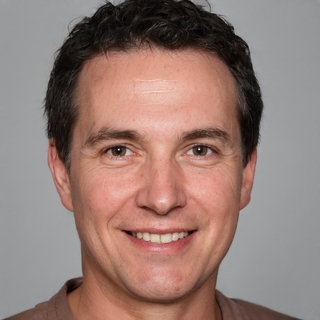Is Recovery from an Eating Disorder Possible Without Therapy?
Corps
Living with an eating disorder can feel isolating, confusing, and overwhelming. For many, professional therapy feels out of reach, either due to cost, access, or stigma. This raises a common question: is it possible to recover without therapy? While therapy offers strong support, it's not the only path to healing. Many people find progress by leaning on support systems, education, personal strategies, and consistent self-monitoring. Understanding the full picture can help someone decide the next steps based on their unique situation.
Understanding Eating Disorders
Eating disorders are complex mental health conditions that involve unhealthy relationships with food, weight, or body image. The most common types include anorexia nervosa, bulimia nervosa, binge-eating disorder, and orthorexia. Each type comes with its own challenges, but they all share a pattern of disordered eating behaviors often driven by emotional distress, perfectionism, or trauma.
Without intervention, these disorders can severely affect physical health, emotional stability, and relationships. Therapy provides professional insight into these behaviors, but it’s also possible to create a personal recovery strategy, especially with the right tools and mindset.
Why Therapy Is Often Recommended
Therapy plays a central role because it addresses the root causes behind disordered eating. Cognitive Behavioral Therapy (CBT) is one of the most effective treatments. It helps people recognize harmful thoughts and replace them with balanced ones. Therapy also provides accountability and guidance when setbacks happen.
Even though it's a top-tier option, therapy isn’t always accessible. Many people face barriers such as cost, insurance limits, lack of availability in rural areas, or cultural stigma. These hurdles don’t mean recovery is impossible—they just mean the journey may require different tools.
Self-Recovery: What’s Possible Without Therapy?
Recovery without therapy is hard, but it can happen. People who recover on their own often build strong support systems, stay well-informed, and commit to daily habits that reinforce healing.
Here are some ways people work toward recovery outside of formal therapy:
-
Education: Learning about nutrition, the effects of disordered eating, and body image issues can build awareness and provide motivation. Books like Brain Over Binge or resources from the National Eating Disorders Association (NEDA) are useful starting points.
-
Support Networks: Trusted friends and family can provide emotional support. Online forums and peer-led groups also offer community. While these sources aren’t professional, they help people feel less alone.
-
Routine and Structure: Creating consistent meal schedules, journaling food and emotions, and setting small, realistic goals can promote gradual progress.
-
Mindfulness and Self-Awareness: Practices like meditation and mindful eating help build a more balanced relationship with food. These tools help identify when emotional triggers drive food choices.
-
Accountability Tools: Some use habit-tracking apps, recovery-focused journals, or meal planning templates. While not a replacement for therapy, these tools keep recovery goals front and center.
The Risks of Going It Alone
Attempting recovery without guidance carries some risk. Without expert input, it's easy to miss medical warning signs or fall into new disordered habits. People recovering alone may replace one unhealthy behavior with another—for example, switching from restriction to bingeing—or feel discouraged without structured feedback.
Mental health relapses are common in solo recovery because the emotional patterns driving disordered eating often go unaddressed. Even those who start without therapy might consider working with a registered dietitian, primary care provider, or online counselor at some stage.
Hybrid Paths: Mixing Self-Recovery with Some Professional Help
Not all therapy has to be traditional, long-term, or in-person. Many people combine self-guided strategies with occasional professional input. Some use virtual therapy platforms like BetterHelp or Talkspace. Others may attend group sessions or occasional check-ins with a specialist.
Partial support is still helpful. Even one meeting with a therapist can provide insight that reshapes your recovery plan. Affordable clinics and nonprofit programs also offer lower-cost resources for those who want professional advice but can’t afford full-time therapy.
Signs You May Need Professional Help After All
Even if someone starts without therapy, certain signs should trigger a shift to professional support:
-
Ongoing medical issues like fainting, digestive problems, or electrolyte imbalances
-
Emotional symptoms such as depression, anxiety, or obsessive behaviors worsening
-
Feeling stuck or relapsing repeatedly
-
Struggling to eat consistently or to avoid bingeing and purging
-
A constant preoccupation with food, weight, or exercise that affects daily life
If these patterns persist, therapy becomes more than helpful—it becomes necessary for safety and long-term recovery.
Final Thoughts
Recovery from an eating disorder is possible without therapy, but it requires consistent effort, strong self-awareness, and a solid support system. For some, it can be a first step that leads to professional help later. For others, it becomes a long-term journey of self-guided healing. Either way, the goal is progress—not perfection. Anyone trying to recover should be encouraged, not judged, for the tools they choose.








commentaires